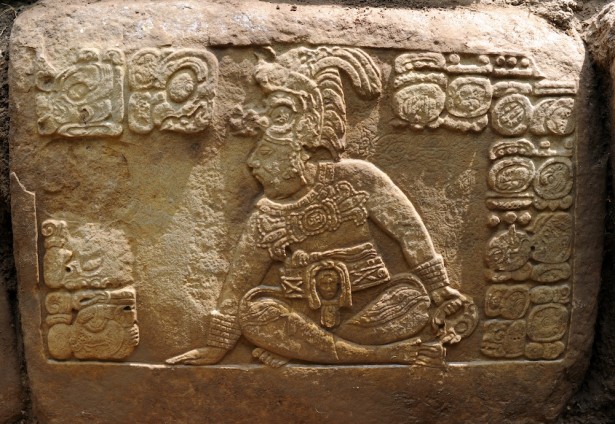
Recently a second Mayan text has been found that reveals an “end date,” for the Mayan calendar, but don’t schedule your doomsday party just yet. This end date doesn’t refer to the end of the world.
“This text talks about ancient political history rather than prophecy,” Marcello Canuto, the director of Tulane University Middle America Research Institute, said in a statement. “This new evidence suggests that the 13 bak’tun date was an important calendrical event that would have been celebrated by the ancient Maya; however, they make no apocalyptic prophecies whatsoever regarding the date.”
December 21, 2012 just happens to fall at the end of the 13th bak’tun, which is the 144,000-day cycle the Mayan calendar was divided into. December 21 marks what the Maya would have seen as a full cycle of creation.
That date has had doomsday believers in a tizzy, but up until now only one reference had been found, an inscription on a monument dating back to around 669 A.D. in Tortuguero, Mexico.
The second reference to December 21, 2012 was found in the Mayan ruins of La Corona in Guatemala on a stairway block carved with hieroglyphs. LiveScience reports that the carvings commemorated a visit from Yuknoom Yich’aak K’ahk’ of Calakmul, a powerful Mayan ruler also known as Jaguar Paw, in 696 A.D.
The date came up when the king tied his reign with another 13th cycle—the 13th bak’tun of December 21, 2012.
“What this text shows us is that in times of crisis, the ancient Maya used their calendar to promote continuity and stability rather than predict apocalypse,” Canuto told LiveScience.
The 22 carved stone steps this end date was found on were uncovered in 2010 near a building that had been damaged by looters. The stones have 264 hieroglyphs that chronicle the political history of La Corona, making the steps the longest known Maya text in Guatemala, reported LiveScience.
Recent Mayan discoveries have been plentiful. In May, we talked about doomsday prophecies being busted when a team of archaeologists found a Mayan calendar in the Guatemalan jungle that looked 7,000 years into the future. And earlier this month scientists reported finding an impressive dam in the ancient Mayan city of Tikal, also in Guatemala.
Related articles:
Doomsday Busted: Mayan Calendar Looks Ahead 7,000 Years
Ancient Dam Found at Tikal Helped Sustain Maya for 1,500 Years
© 1998 - 2012 Indian Country Today. All Rights Reserved To subscribe or visit go to: http://www.indiancountry.com